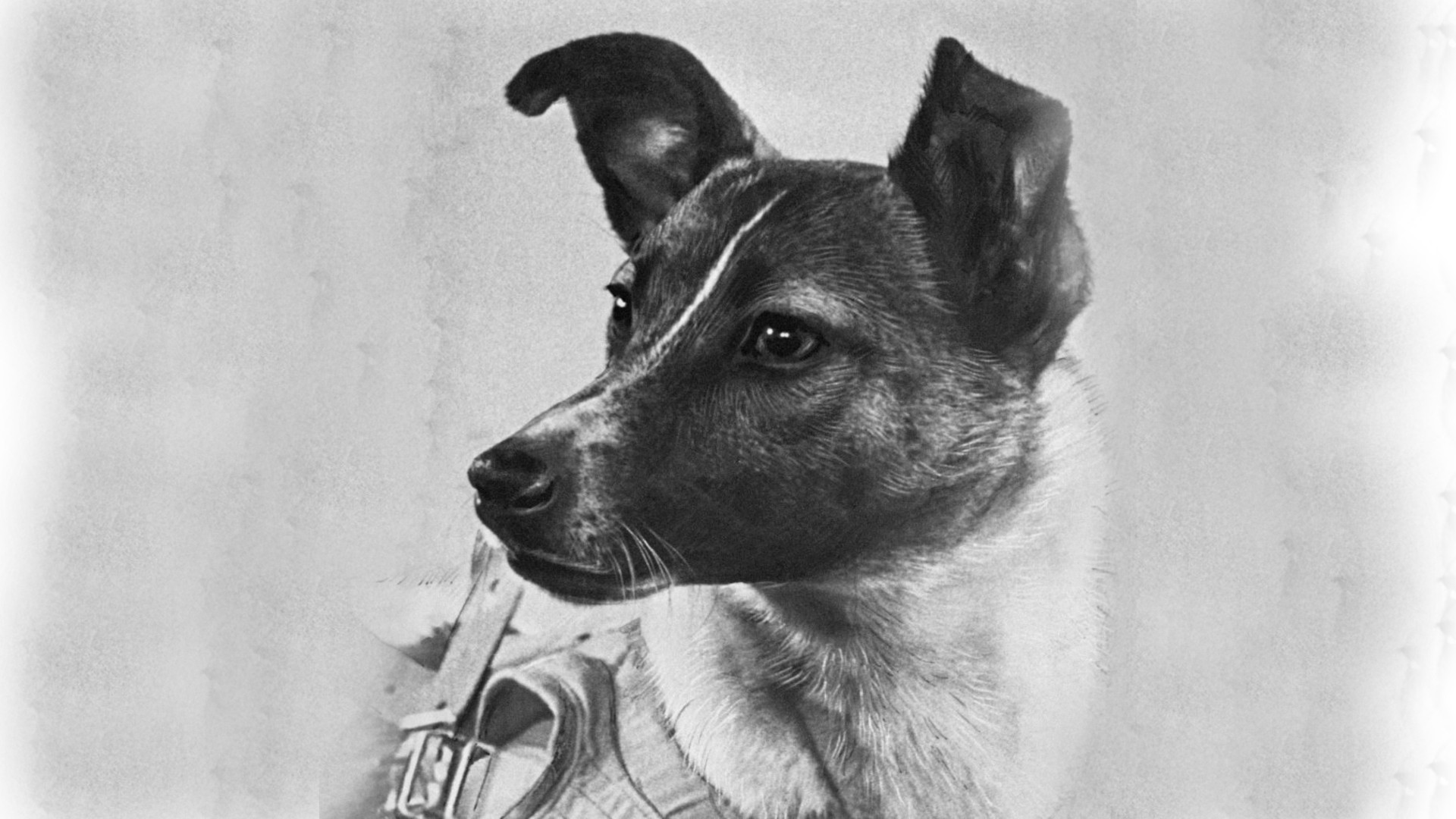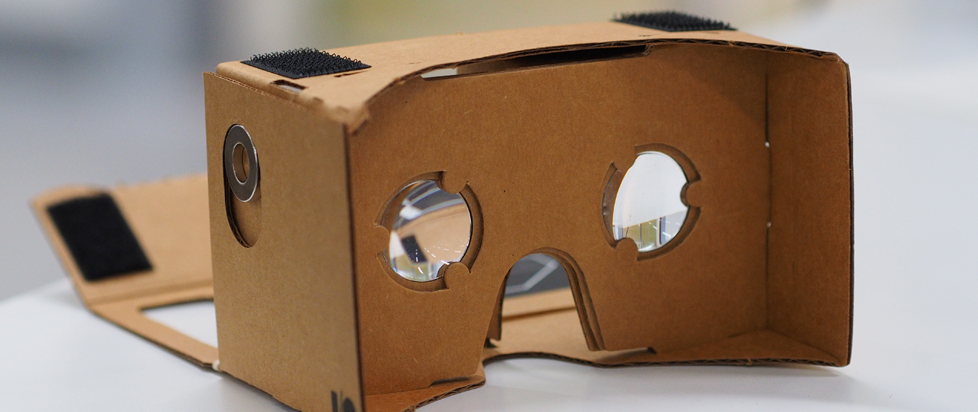
Dos Vedanya, Kudryavka
 This column is a reprint from Unwinnable Monthly #140. If you like what you see, grab the magazine for less than ten dollars, or subscribe and get all future magazines for half price.
This column is a reprint from Unwinnable Monthly #140. If you like what you see, grab the magazine for less than ten dollars, or subscribe and get all future magazines for half price.
———
Where videogames meet real life…
———
I’ve long been fascinated with the story of Laika, the Soviet space dog that became the first living animal to orbit the Earth. She survived briefly in space before dying from heat and stress aboard Sputnik II, the rocket that the U.S.S.R. launched in 1957 to both commemorate the anniversary of the Bolshevik Revolution and to show the world the superiority of Communism by lapping the United States in the space race. It’s an incredible piece of history and a heart-wrenching tale that illustrates the folly of hubris, the limits of trust and the existential terror of dying alone in the outer darkness.
Laika was one of many stray dogs snatched from the streets of Moscow and used for test launches by the Russian space program (and to be clear, the United States conducted similar tests with monkeys). However, she holds the distinction of being the first living being to actually orbit around the Earth; while other dogs had been launched into space and brought back safely, none traveled so far as Laika.
Since then, Laika (who also went by the name Kudryavka, or Little Curly) been hailed as a hero. She has her own statue in Moscow and has been put on postage stamps, toys, lunch boxes and all manner of other merchandise. Her story has also been documented in Kurt Caswell’s 2018 nonfiction book Laika’s Window: The Legacy of a Soviet Space Dog, the 2007 family-friendly graphic novel Laika from Nick Abadzis, and the recent documentary Space Dogs. She was named by Time as one of the 15 most influential animals that ever lived and has been written about countless times in similar pieces.

Yet she’s only been featured in a scant handful of videogames and pieces of interactive fiction. So, when I heard about the text-based browser game Laika, created last year by Ian Michael Waddell and submitted to the NarraScope 2020 Game Jam, I was immediately intrigued. It’s a short yet thoughtful reimagining of the world’s most famous four-legged space cadet, one that allows players to imagine a better ending to her story, where an extraterrestrial being earns and keeps the trust her human companions discarded.
Laika moves through its narrative at a brisk pace, and a single play-through will likely take under 30 minutes. It manages to take the player on an emotional ride during their brief duration though, using branching dialogue paths and rudimentary puzzle-solving to help the seemingly hopeless canine cosmonaut find her way to freedom.
The game opens with one of Laika‘s handlers, Dr. Yazdovsky, walking into her holding pen, the creak of the door signaling it’s time for her daily moment of human contact. The doctor is notably never terribly excited to see the dog, and this time, he seems particularly forlorn. She doesn’t think much of it one or way or another and falls asleep shortly thereafter before she’s awoken by a disembodied voice in her ear.
The player can then choose from a few different responses, each expressing various states of confusion. It turns out to be the voice of an extraterrestrial being, who appears to be some sort of scientist themselves, attempting to contact with life on Earth (which they call Thumpus III) to prove to their supervisor that it could be done.
Without spoiling too much, what follows next is a quirky retelling of Laika’s journey into outer space, one that lets us imagine a different ending to the story. It’s telling that, in Waddell’s interactive retelling of the tale, that it’s not solely a human being but some other distant lifeform that ends up intervening to save Laika’s life. It doesn’t allow the player to believe a person could possibly be the hero of this story, nor to escape the bleak depths of human callousness and cowardice.
This is made more brutal when one learns (as Caswell documents in his book) that it may have been possible to build a return mechanism for Laika so she could have come back safely to Earth, but those plans were scrapped because Premier Nikita Kruschev insisted on Sputnik II launching on a tight timeline to coincide with the anniversary of the Bolshevik Revolution. In order to stick it to America, Laika would have to be sacrificed, and the engineers that put her into space with one lonesome meal knew she wouldn’t survive.
They thought she’d make it seven days and die pain-free from oxygen deprivation, seemingly ignoring the possibility of starvation. Instead, she died after five hours in space, her heartbeat accelerating to levels three times higher than normal while the heat in her capsule rose beyond a safe temperature. That wasn’t the story the Soviet government told however, and as international backlash mounted, killing a dog held a stronger grip on the public’s imagination than the fact she went to space at all.

There are philosophical questions at play here regarding whether the benefits of animal experimentation outweigh the existential terror and moral bankruptcy that such testing necessitates. Those arguments (should anyone care to make them) ring especially hollow considering the Russian scientist and Soviet Air Force officer Oleg Gazenko would himself say, “Work with animals is a source of suffering to all of us. We treat them like babies who cannot speak. The more time passes, the more I’m sorry about it. We shouldn’t have done it. We did not learn enough from the mission to justify the death of the dog.” It was a decision that would haunt him for the rest of his life.
Laika’s story is, on the surface, a historical footnote about the first dog in space. But it is perhaps best understood as a story about the limits of trust; Laika built bonds with her handlers, and her handlers – who could put an animal in space but could never escape their own sense of guilt – ultimately broke those bonds in the name of progress. It is difficult to judge those decisions in retrospect, and while there’s no rewriting the past, at least in Waddell’s version of the story we can, in some small way, give Laika the ending she deserved.
———
Ben Sailer is a writer based out of Fargo, ND, where he survives the cold with his wife and dog. His writing also regularly appears in New Noise Magazine.




